

Articles
How To Size A Vanity Mirror
Modified: October 20, 2024
Learn how to properly size a vanity mirror with our informative articles. Find the perfect fit for your bathroom and enhance your space.
(Many of the links in this article redirect to a specific reviewed product. Your purchase of these products through affiliate links helps to generate commission for Storables.com, at no extra cost. Learn more)
Introduction
Choosing the right vanity mirror size is crucial for creating a harmonious and functional bathroom space. Whether you’re starting a bathroom remodeling project or simply looking to upgrade your mirror, getting the sizing right can make a significant difference in both aesthetics and practicality. In this article, we will guide you through the process of how to size a vanity mirror step by step.
When it comes to vanity mirrors, there is no one-size-fits-all solution. The size of the mirror depends on various factors, including the dimensions of the vanity area, personal preferences, and design style. By following these steps, you can ensure that your mirror not only fits perfectly but also enhances the overall look and usability of your bathroom.
So, let’s dive into the steps to help you find the ideal size for your vanity mirror:
Key Takeaways:
- Ensure your vanity mirror fits harmoniously and functionally by accurately measuring the vanity area and considering the width, height, frame, shape, and mounting style.
- Personalize your bathroom space with the perfect vanity mirror size that balances aesthetics and practicality, enhancing the overall ambiance and style.
Step 1: Measure the Vanity Area
The first step in sizing a vanity mirror is to accurately measure the vanity area where the mirror will be installed. Start by measuring the width of the vanity countertop from edge to edge. This will give you an idea of the maximum width the mirror can be without extending beyond the boundaries of the vanity.
Next, measure the height of the vanity area from the countertop to the desired height at which you want the mirror to be positioned. Keep in mind any obstructions such as faucets or light fixtures that may affect the height of the mirror.
It’s important to measure not only the width and height of the vanity area but also the overall dimensions of the wall space available for the mirror. This will ensure that the mirror fits proportionally and aesthetically within the entire bathroom.
While measuring, it’s a good idea to take note of any electrical outlets or switches located near the vanity area. This will help you determine whether the mirror should have cutouts or be placed in a way that allows for easy access to these outlets.
Once you have accurate measurements of the vanity area and wall space, you can move on to the next step of determining the mirror width.
Step 2: Determine the Mirror Width
After measuring the vanity area, it’s time to determine the ideal width for your vanity mirror. The width of the mirror should be based on the width of the vanity countertop, allowing for a balanced and proportionate appearance.
A general rule of thumb is to choose a mirror that is slightly narrower than the width of the vanity. This creates a visually pleasing look and prevents the mirror from overpowering the vanity or appearing cramped in the space. A mirror that is approximately 2-4 inches narrower than the vanity width is a good starting point.
However, keep in mind that there are no strict rules when it comes to mirror width. It ultimately depends on your personal preferences and the overall design aesthetic you want to achieve. For a more dramatic and statement-making look, you can consider a mirror that is the same width as the vanity or even slightly wider.
Another factor to consider when determining the mirror width is the size and placement of lighting fixtures. If you plan to have wall-mounted sconces or a lighting fixture above the mirror, make sure to account for their width as well.
Take into account any additional features or design elements you may want to incorporate into the mirror, such as built-in shelves, decorative frames, or integrated lighting. These elements may affect the overall width of the mirror and should be considered during the decision-making process.
By following these guidelines and considering your personal style and preferences, you can determine the optimal width for your vanity mirror.
Step 3: Decide on the Mirror Height
Once you have determined the width of your vanity mirror, the next step is to decide on the appropriate height. The height of the mirror should be based on the desired functionality, the placement of other bathroom fixtures, and your personal preferences.
Start by considering the practicality of the mirror. How do you want to use it? Will it primarily be used for grooming and getting ready in the morning? If so, you’ll want to ensure that the mirror’s height allows for a clear and unobstructed view of your face and upper body.
If the mirror will be shared by multiple people with varying heights, you may want to consider a taller mirror that accommodates different viewing angles. This can be achieved by either opting for a full-length mirror or by choosing a mirror that extends from the countertop to a height that suits the tallest person in the household.
It’s also important to consider the placement of other fixtures in the bathroom, such as faucets, lighting fixtures, and towel bars. You’ll want to leave enough space between these elements and the mirror to ensure functionality and prevent any visual clutter.
Take into account the overall design aesthetic of your bathroom. If you have high ceilings, a taller mirror can help create a sense of grandeur and fill the vertical space. Conversely, if you have a small bathroom or low ceiling height, choosing a mirror with a lower height can help visually expand the space.
Lastly, consider your personal style preferences. Do you prefer a sleek and minimalistic look, or do you lean towards more ornate and decorative designs? The height of the mirror can greatly impact the overall visual impact, so choose a height that aligns with your desired aesthetics.
By taking into account these factors, you can determine the ideal height for your vanity mirror.
Step 4: Consider the Frame or Border Width
When sizing a vanity mirror, it’s important to take into account the width of the frame or border surrounding the mirror. The frame or border can greatly impact the overall dimensions and appearance of the mirror, so it’s essential to consider this aspect.
If you choose a mirror with a frame or border, you’ll need to decide on the desired width of the frame. The frame can range from a thin and minimalistic design to a wider and more decorative style, depending on your preferences and the overall design aesthetic of your bathroom.
Consider the size of the vanity area and the available wall space when determining the frame width. A wider frame can add visual interest and create a focal point in the bathroom, but it may require more wall space and possibly obstruct the view if not proportionate to the vanity area.
On the other hand, a narrower frame or no frame at all can create a sleek and modern look, and it allows more focus on the reflection itself. This can be advantageous in smaller bathrooms or when you want to keep the overall design minimal.
Keep in mind that the frame or border width should be taken into account when calculating the final mirror dimensions. Measure the width and height of the frame separately and add it to the mirror width and height measurements to ensure an accurate sizing.
Consider the material and finish of the frame or border as well. Different materials, such as wood, metal, or glass, can create different visual effects and enhance the overall style of your bathroom. Choose a frame width and material that complements your design vision and adds the desired level of sophistication or texture.
By carefully considering the frame or border width, you can create a vanity mirror that perfectly suits your design preferences and enhances the overall aesthetics of your bathroom.
When sizing a vanity mirror, consider the size of the vanity and the space available on the wall. The mirror should be at least 1-2 inches smaller than the vanity to create a balanced look.
Step 5: Choose the Mirror Shape
The shape of the mirror plays a significant role in the overall design and visual impact of your vanity area. When selecting the mirror shape, consider the style of your bathroom, the existing fixtures, and the overall aesthetic appeal you want to achieve.
The most common mirror shapes for vanity areas are rectangular, square, oval, and round. Each shape offers a unique look and can contribute to a specific design theme or style.
Rectangular mirrors are versatile and can easily fit into any bathroom style. They provide a clean and modern look, particularly when paired with minimalist or contemporary designs. Rectangular mirrors are also ideal for vanity areas with multiple sinks or a wider countertop.
Square mirrors offer a more compact and symmetrical appearance. They work well in bathrooms with a square or symmetrical layout and can add a touch of elegance. Square mirrors are often chosen for small vanity areas or to create a modern and minimalist vibe.
Oval mirrors lend a softer and more organic feel to the vanity area. They can add a sense of elegance and sophistication and are often chosen for more traditional or vintage-inspired bathrooms. Oval mirrors are particularly popular for single-sink vanity areas or when a softer aesthetic is desired.
Round mirrors create a visually striking focal point in the bathroom. They can add a touch of playfulness or a contemporary look, depending on the frame and style chosen. Round mirrors work well for vanity areas with limited space or to create a contrast with angular or rectangular fixtures in the bathroom.
Consider the proportion and scale of the mirror shape in relation to the vanity area. A large, oversized mirror can make a bold statement and visually expand the space, while a smaller mirror can create a more intimate and cozy feel.
Ultimately, the choice of mirror shape depends on your personal style and the overall design language of your bathroom. Consider the shape that best complements the other elements in the space and creates the desired visual effect.
By selecting an appropriate mirror shape, you can add character and style to your vanity area and elevate the overall ambiance of your bathroom.
Step 6: Select the Mounting Style
Choosing the right mounting style for your vanity mirror is essential for both functionality and aesthetics. The mounting style not only determines how the mirror is installed but also influences its overall look and impact in the bathroom.
There are several common mounting styles to consider:
- Wall-mounted: Wall-mounted mirrors are the most popular and versatile option. They are attached directly to the wall using brackets or screws. This style provides a clean and seamless look, and it allows for easy installation and adjustment. Wall-mounted mirrors can be mounted vertically or horizontally, depending on your preference and the available wall space.
- Framed: Framed mirrors typically have a decorative frame around the mirror surface. The frame can be made of various materials such as wood, metal, or even mosaic tiles. Framed mirrors offer a touch of elegance and style, and they can be mounted directly on the wall or hung from a wire or hook.
- Recessed: Recessed mirrors are installed within the wall, creating a flush and seamless look. This style is ideal for a contemporary and streamlined design aesthetic. Recessed mirrors require proper planning during the construction or renovation phase, as they need to be set into a niche or cavity within the wall.
- Standing or Leaning: If you prefer a more portable option, you can choose a standing or leaning mirror. These mirrors can be placed directly on the vanity countertop or the floor, allowing for easy movement and flexibility. Standing or leaning mirrors are ideal for those who want the freedom to change the mirror placement or use it in different areas of the bathroom.
Consider the overall style and design of the bathroom when selecting the mounting style. Choose a style that complements the existing fixtures and enhances the overall aesthetics of the space.
Additionally, consider the practicality and functionality of the mounting style. Ensure that the mirror is securely mounted and that it can be easily adjusted or removed if needed. Take into account the weight and size of the mirror when choosing the appropriate mounting hardware.
By carefully selecting the mounting style, you can ensure that your vanity mirror is not only visually appealing but also functional and durable in the long run.
Step 7: Finalize the Mirror Size
After considering the measurements, frame or border width, shape, and mounting style, it’s time to finalize the size of your vanity mirror. This step involves combining all the information and making the necessary adjustments to ensure a harmonious and proportionate look.
Take into account the measurements of the vanity area and the available wall space. Consider the recommended mirror width, which is slightly narrower than the vanity countertop, to maintain balance and proportion. Remember to factor in the frame or border width if you have chosen a framed mirror.
Refer back to the height measurement of the vanity area and the desired functionality when deciding on the mirror height. Consider the placement of other fixtures and elements in the bathroom to ensure the mirror doesn’t obstruct or clash with them.
Think about the mirror shape that best complements the overall design language of your bathroom. Choose a shape that adds visual interest and enhances the desired style, whether it’s rectangular, square, oval, or round.
Consider the mounting style and the practicality it offers for your mirror usage. Decide whether a wall-mounted, framed, recessed, or standing/leaning mirror is the best fit for your needs and preferences.
By taking all these factors into account, you can finalize the mirror size that meets both your aesthetic vision and functional requirements. It’s essential to ensure that the mirror seamlessly integrates with the overall design of your bathroom and enhances the space rather than overpowering it.
Once you have determined the final mirror size, you can confidently proceed with purchasing or customizing your vanity mirror, knowing that it will be the perfect addition to your bathroom.
Conclusion
Sizing a vanity mirror may seem like a daunting task, but by following these steps, you can ensure that you select the perfect mirror for your bathroom. Taking accurate measurements, considering the width and height, choosing the right frame or border, selecting the appropriate shape, and deciding on the mounting style are all crucial factors to consider.
Remember that there are no hard and fast rules when it comes to mirror sizing. It’s all about finding the right balance between functionality and aesthetics, and selecting a mirror that complements your personal style and the overall design of your bathroom.
Take your time and carefully consider each step in the process. Visualize how the mirror will fit into the space and enhance the overall ambiance. Consider not only the dimensions but also the materials, finishes, and additional design elements you may want to incorporate.
By following this comprehensive guide, you can confidently size your vanity mirror and achieve a beautifully harmonious and functional bathroom space. A well-sized mirror will not only serve its practical purpose but also add a touch of style and elegance to your bathroom.
So, go ahead and start measuring, selecting, and finalizing your vanity mirror size. Enjoy the process of creating a stunning and personalized space that you will love to use and admire every day.
Frequently Asked Questions about How To Size A Vanity Mirror
Was this page helpful?
At Storables.com, we guarantee accurate and reliable information. Our content, validated by Expert Board Contributors, is crafted following stringent Editorial Policies. We're committed to providing you with well-researched, expert-backed insights for all your informational needs.
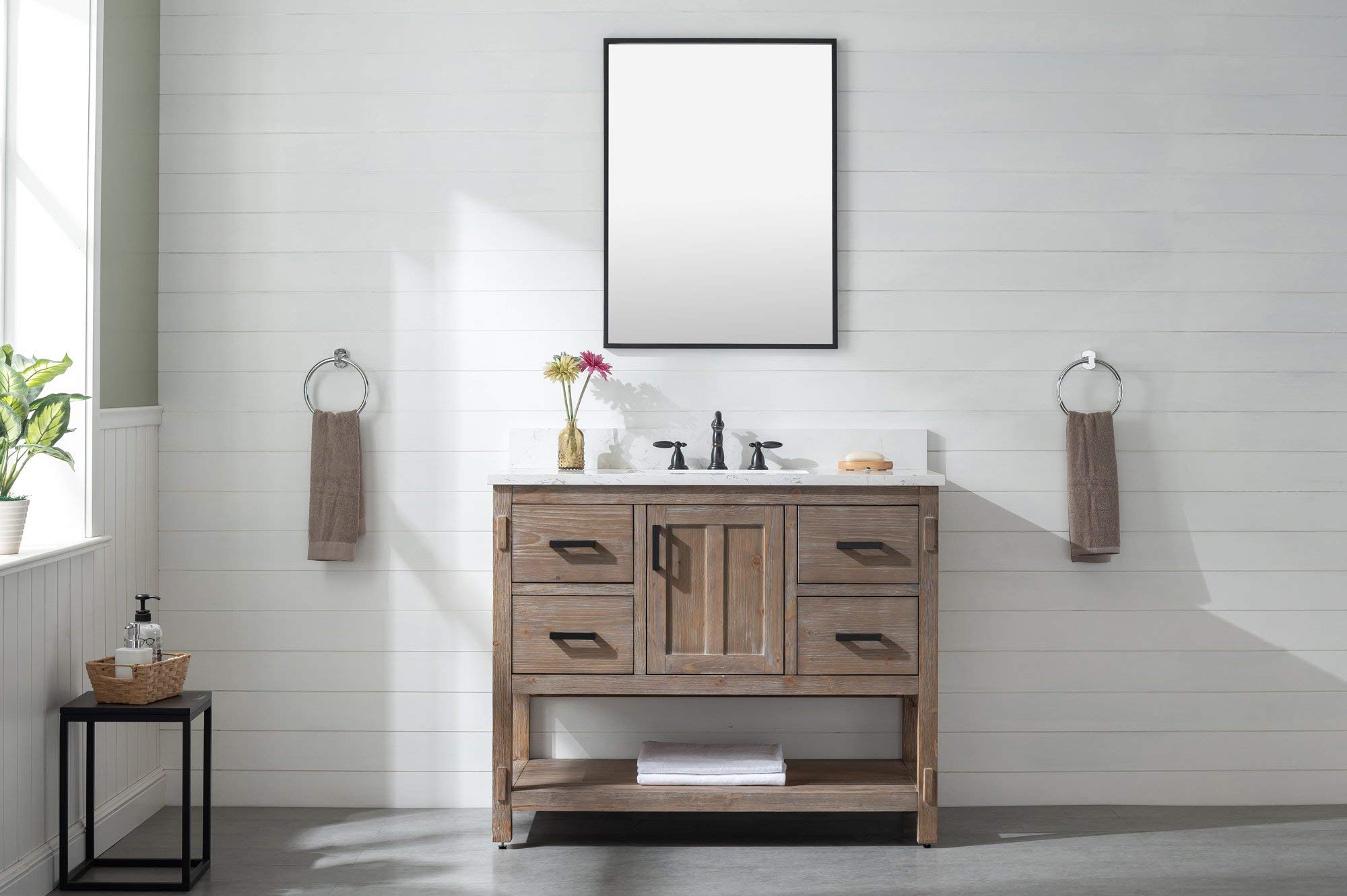
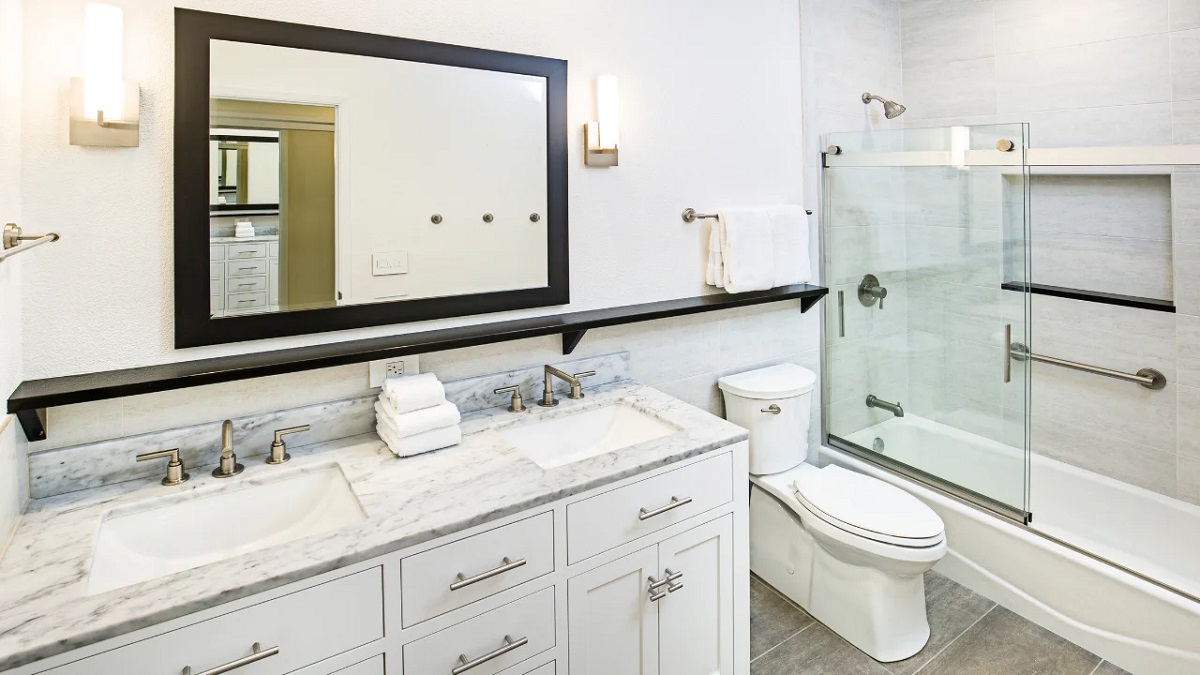
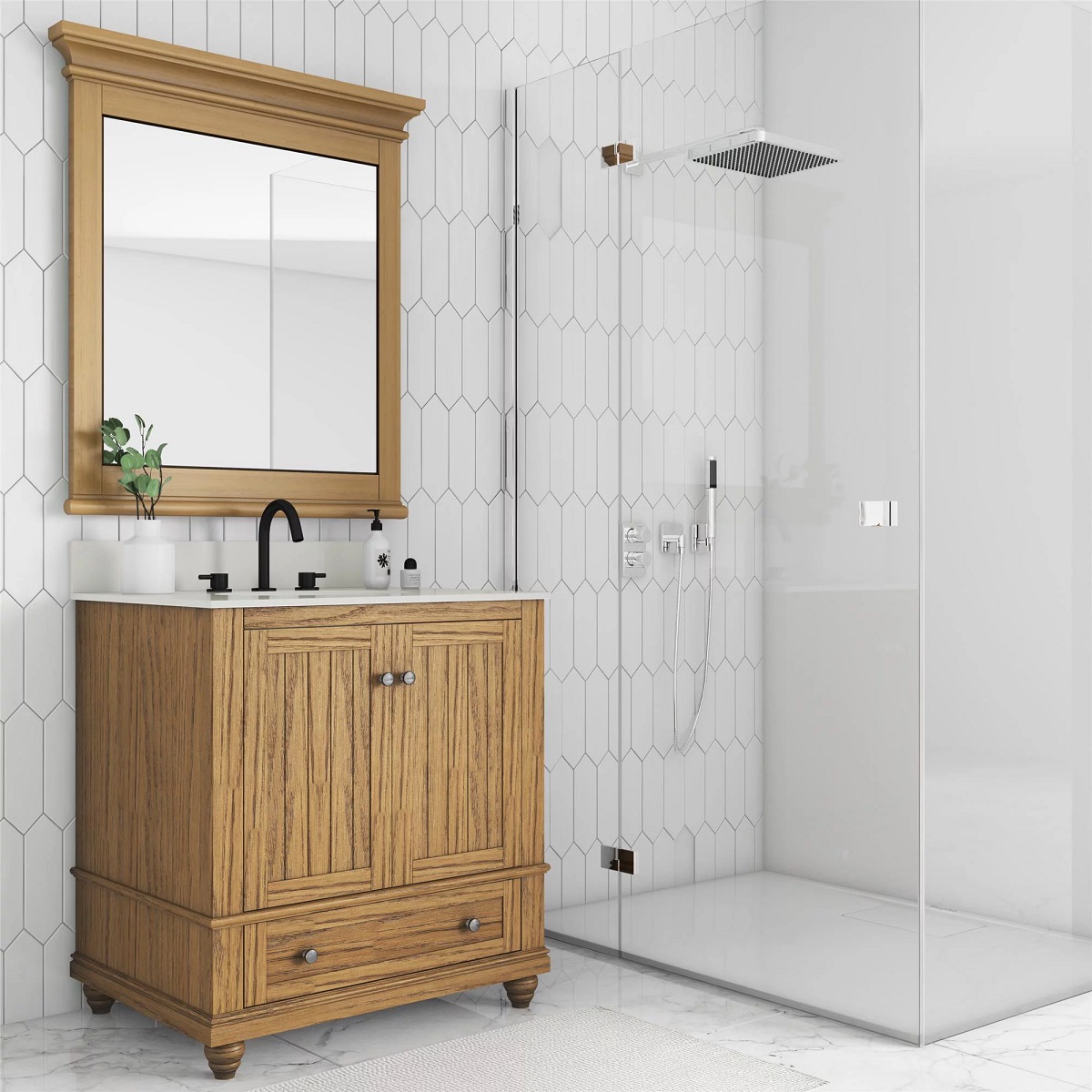
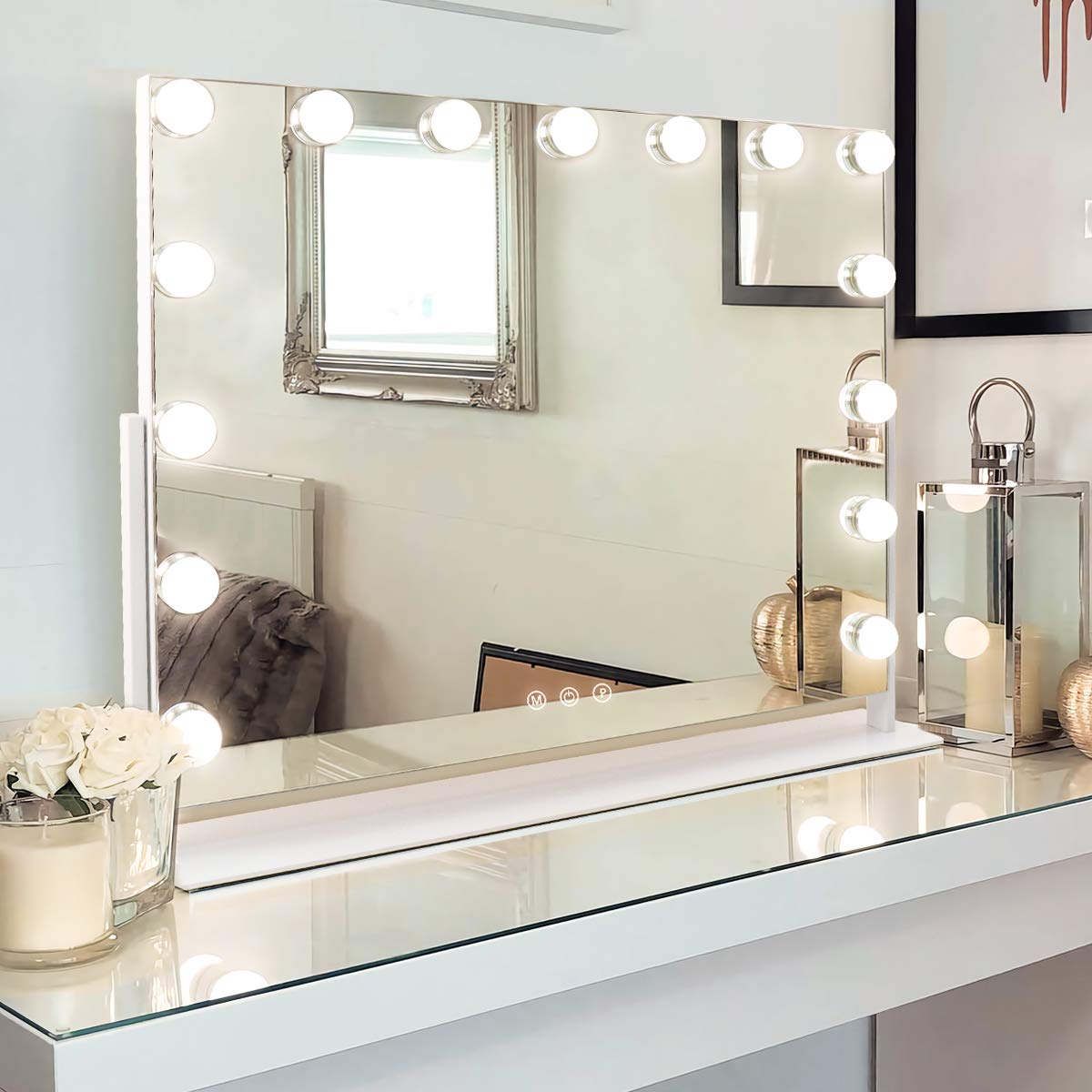
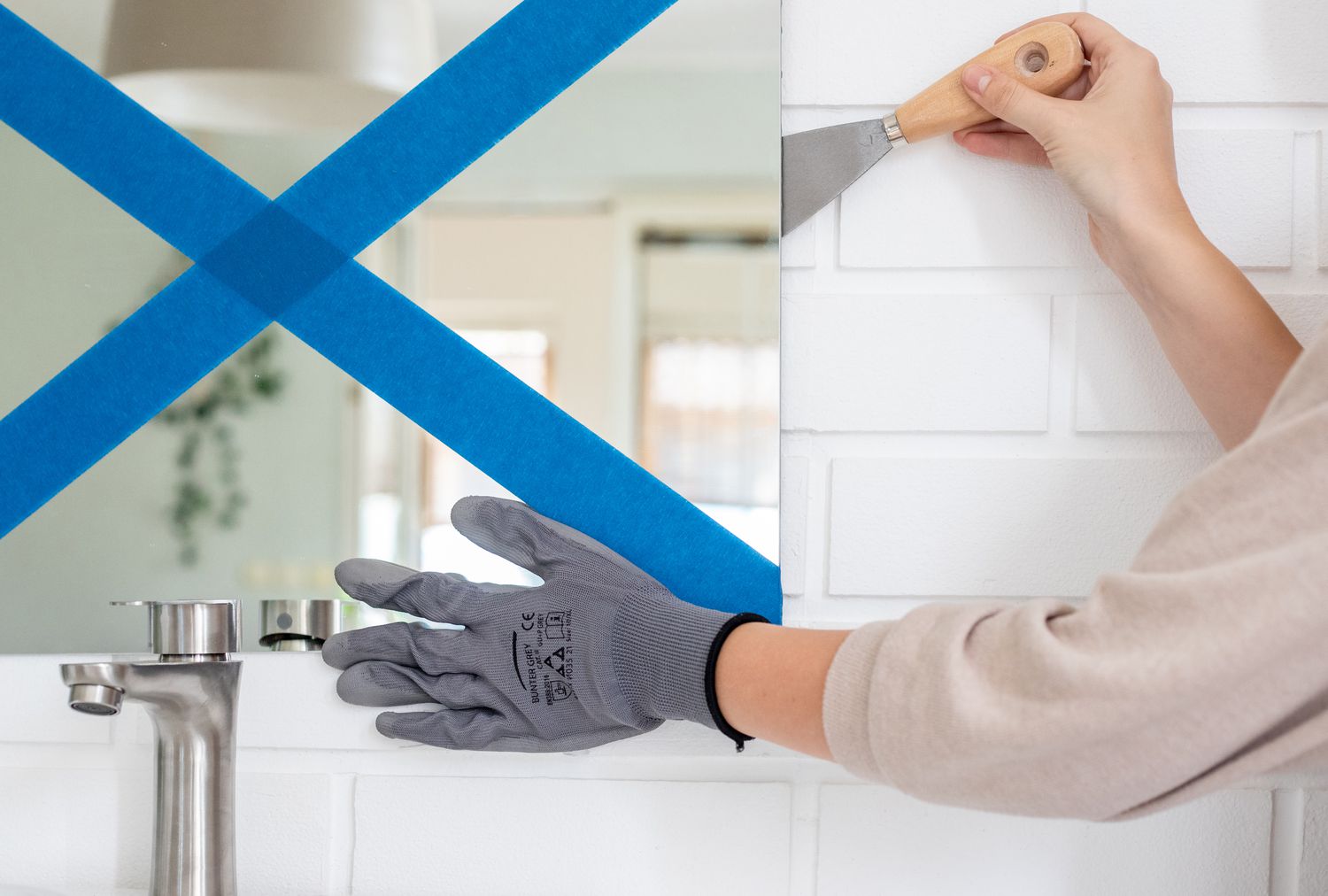
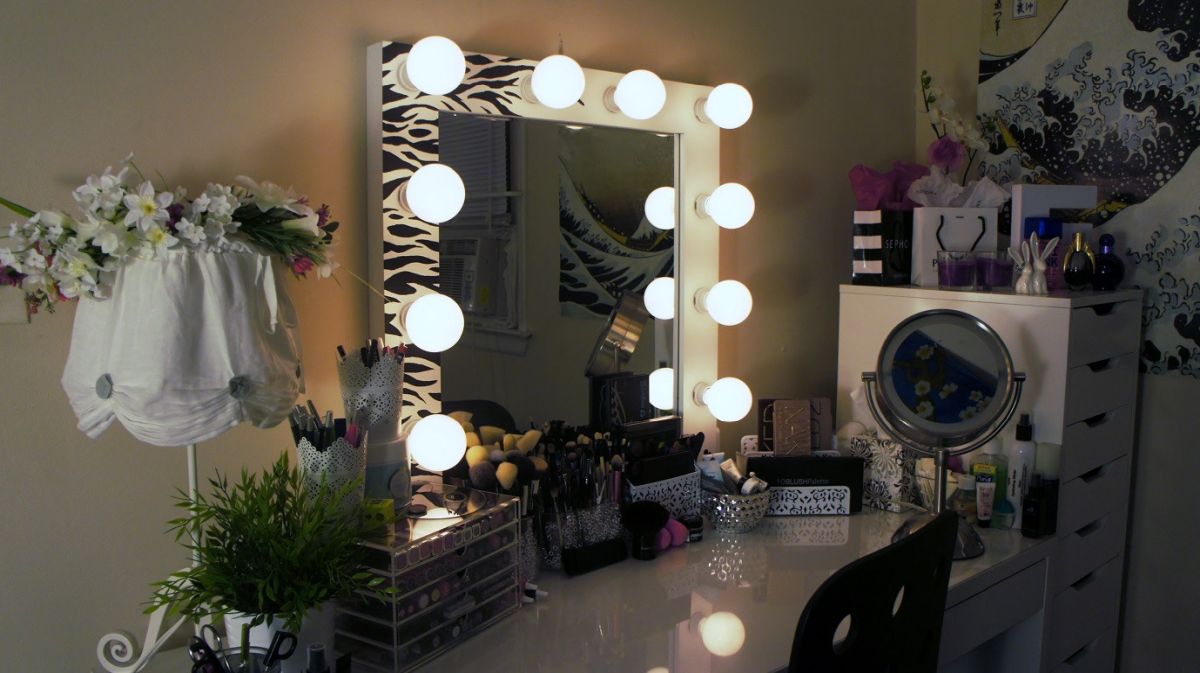
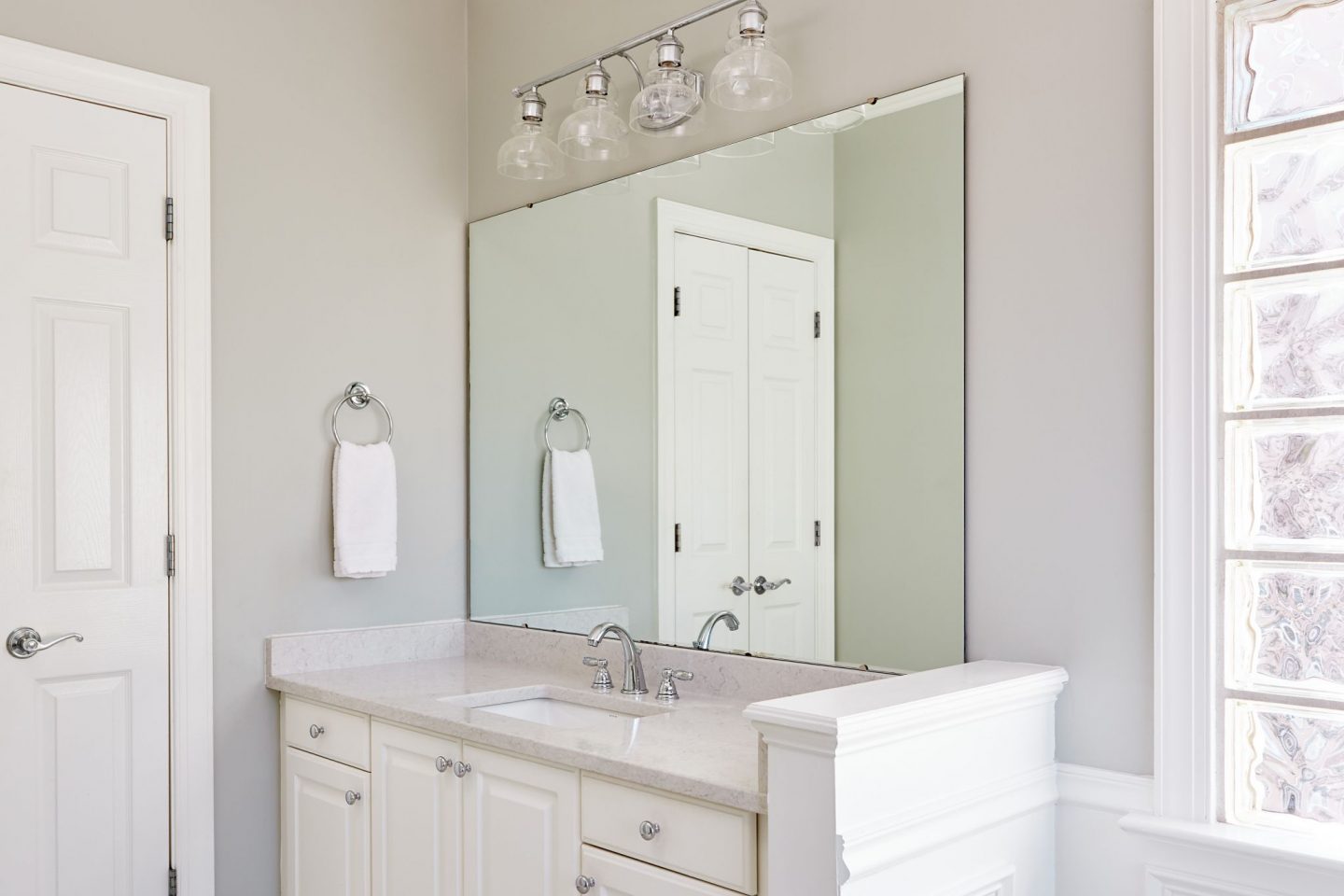
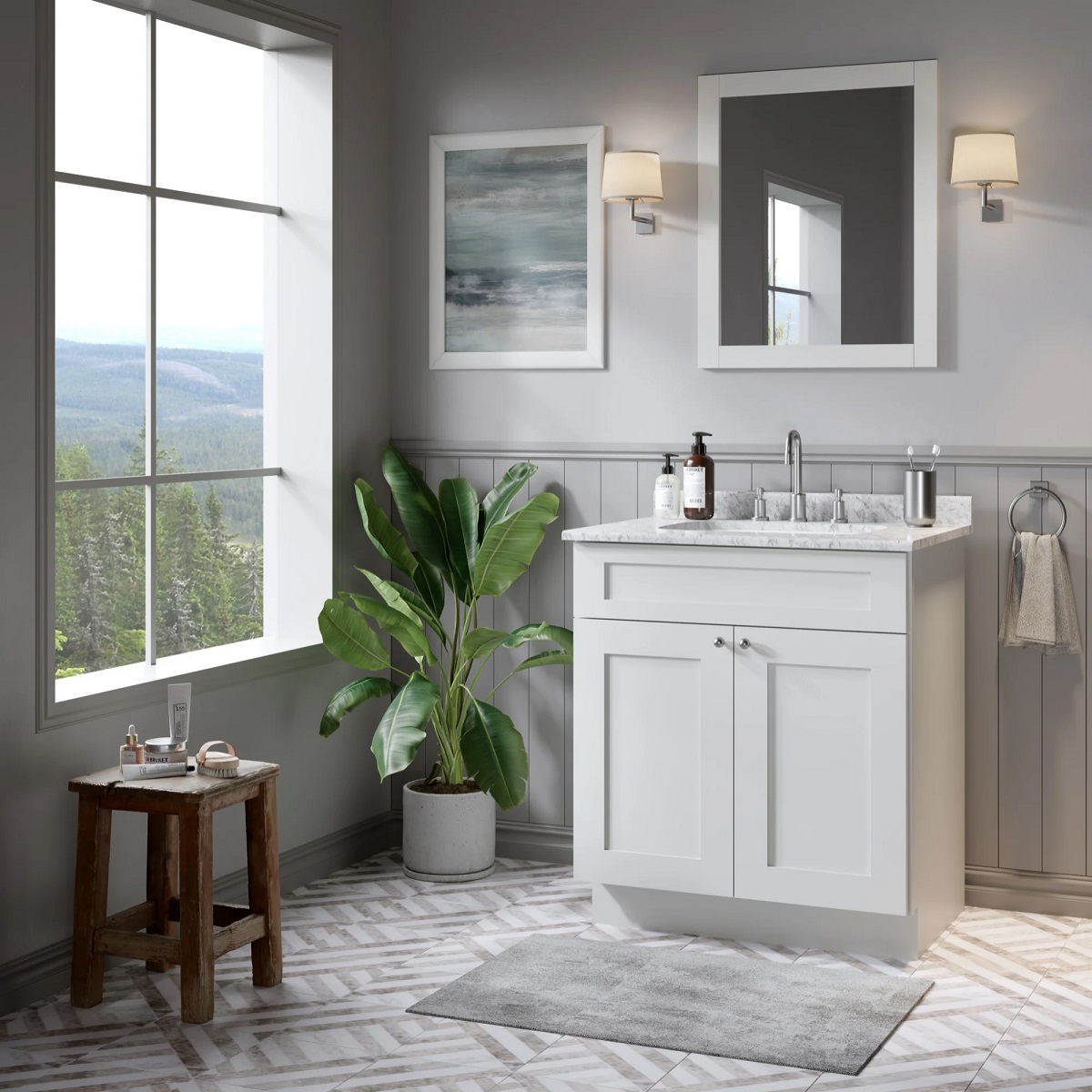
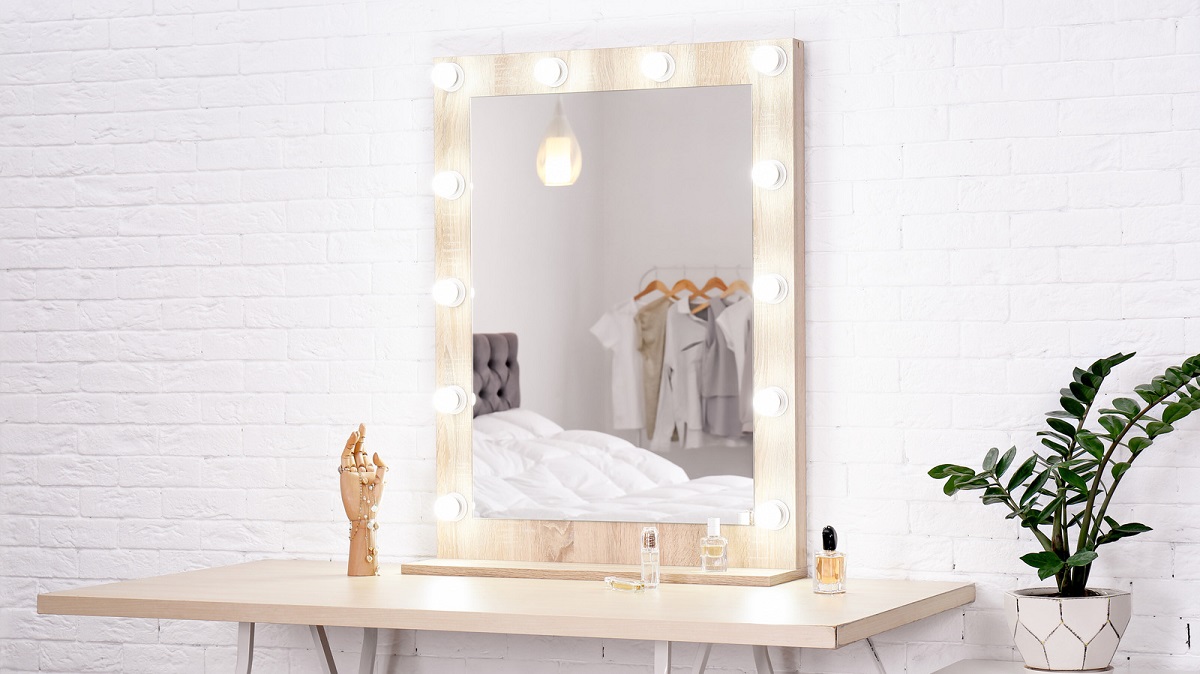
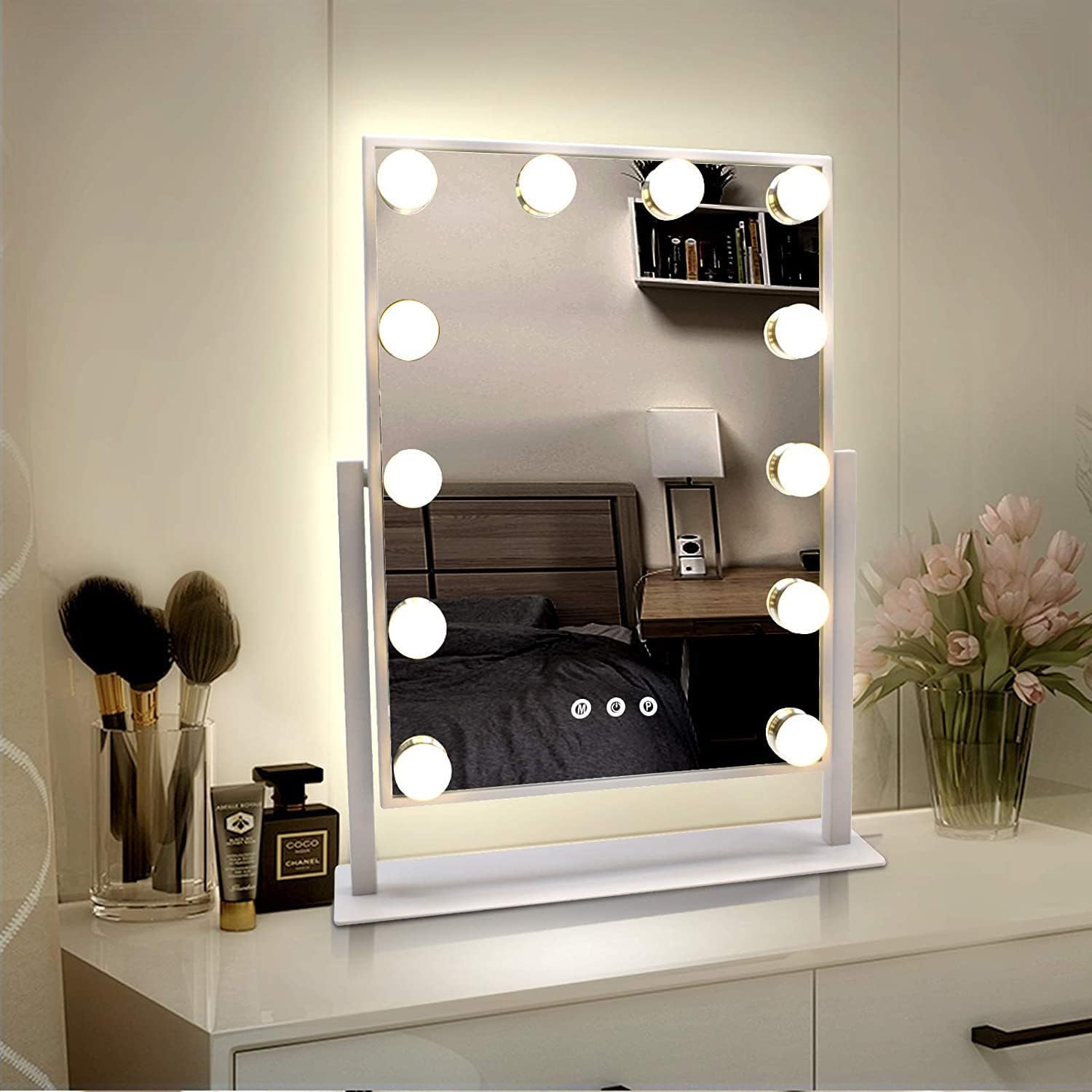
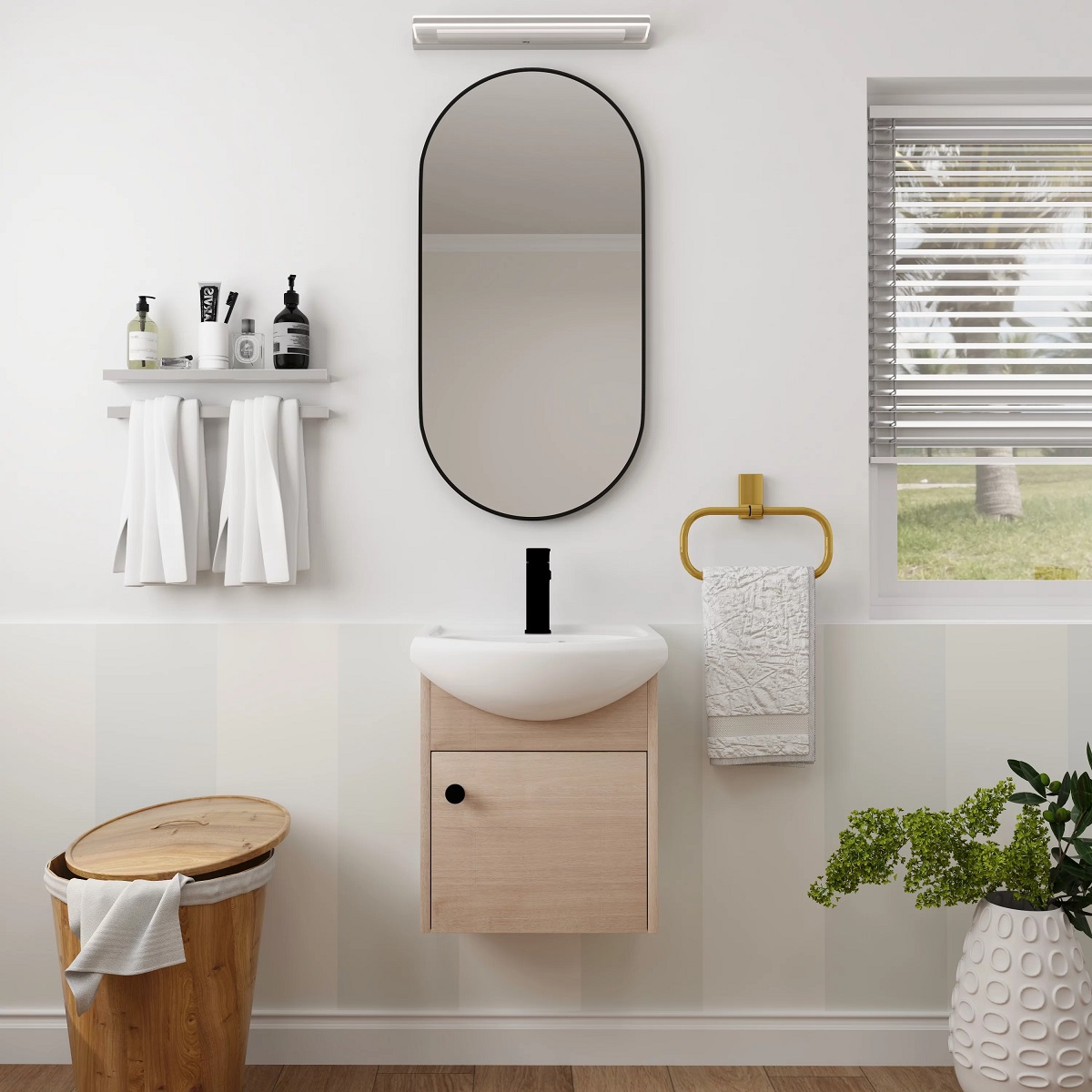
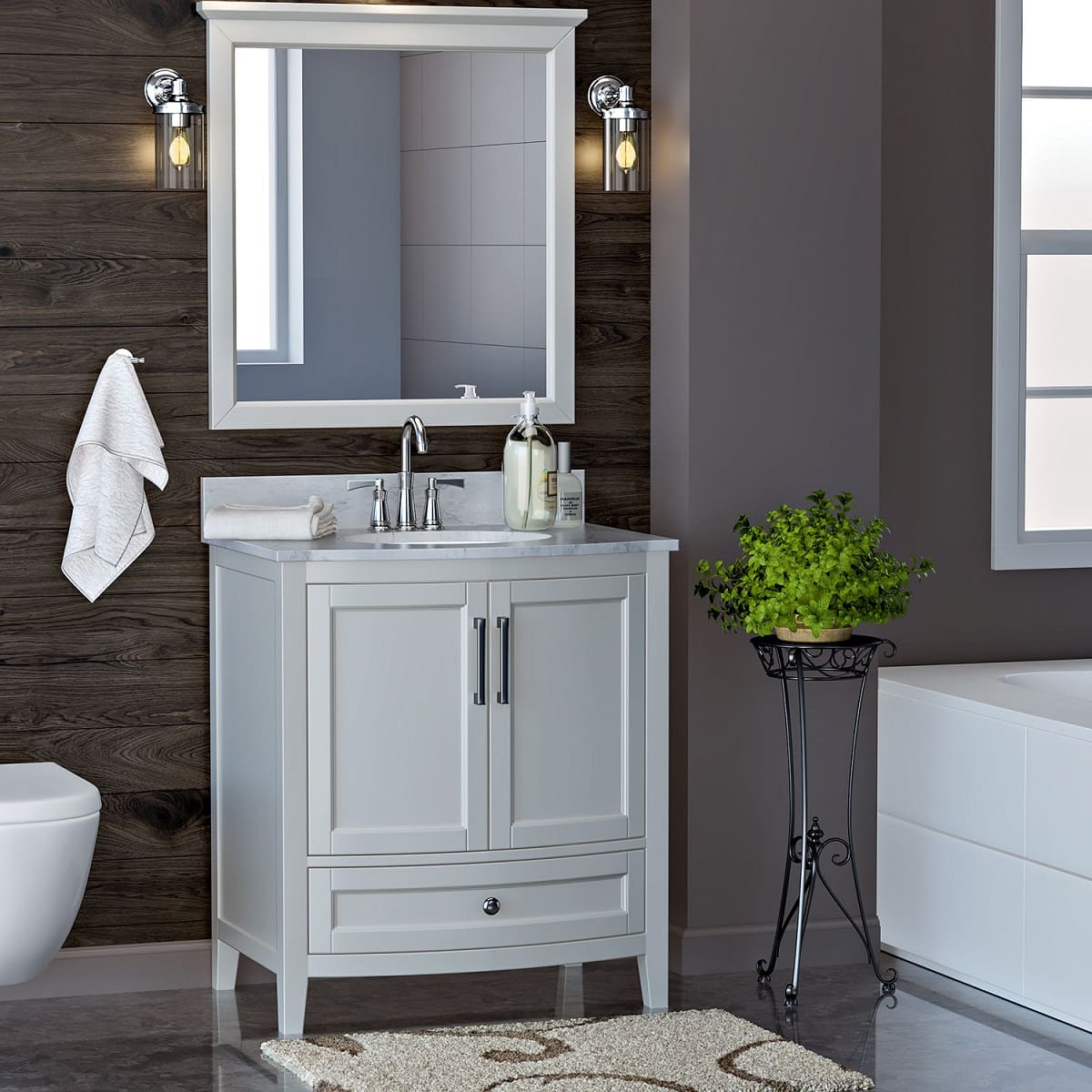
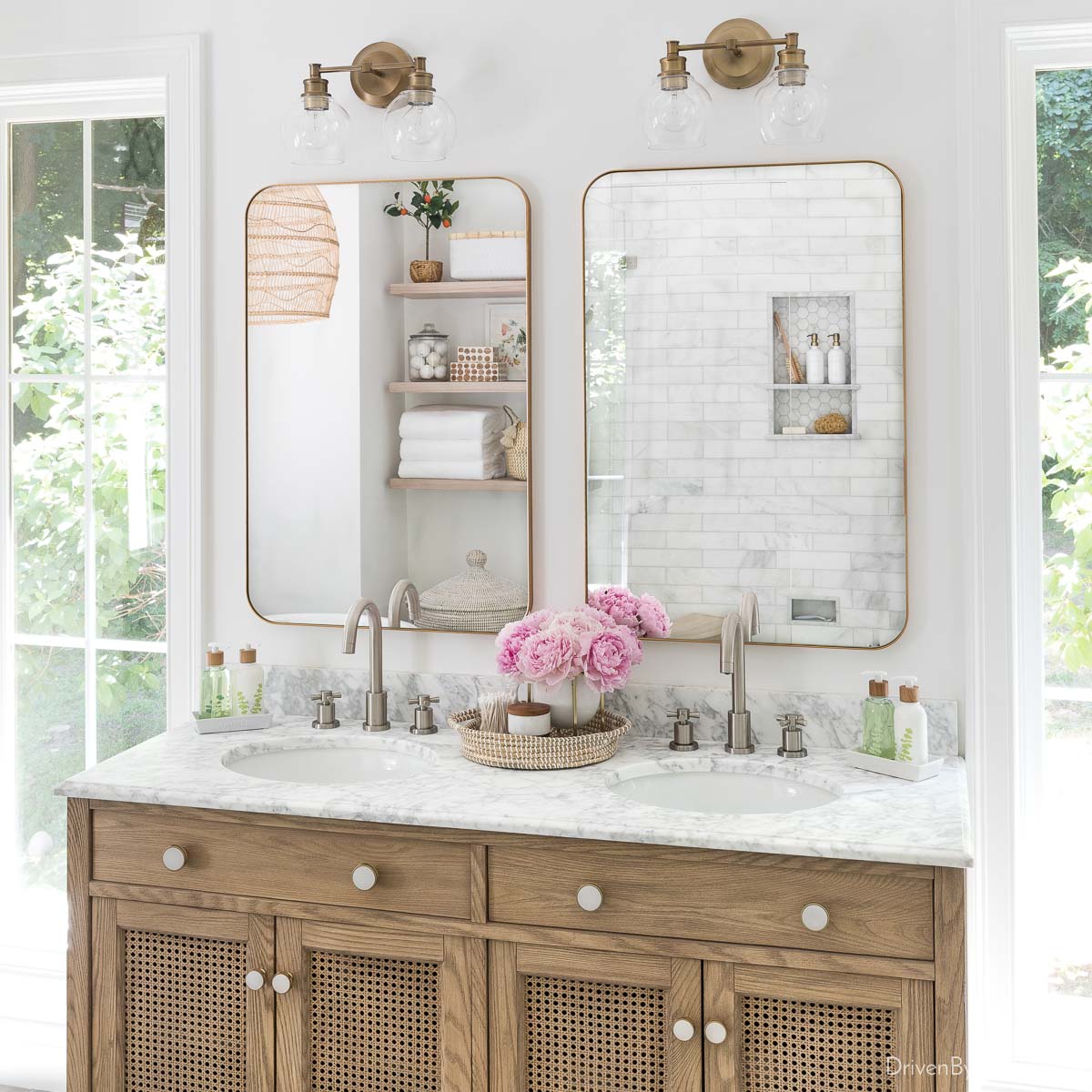
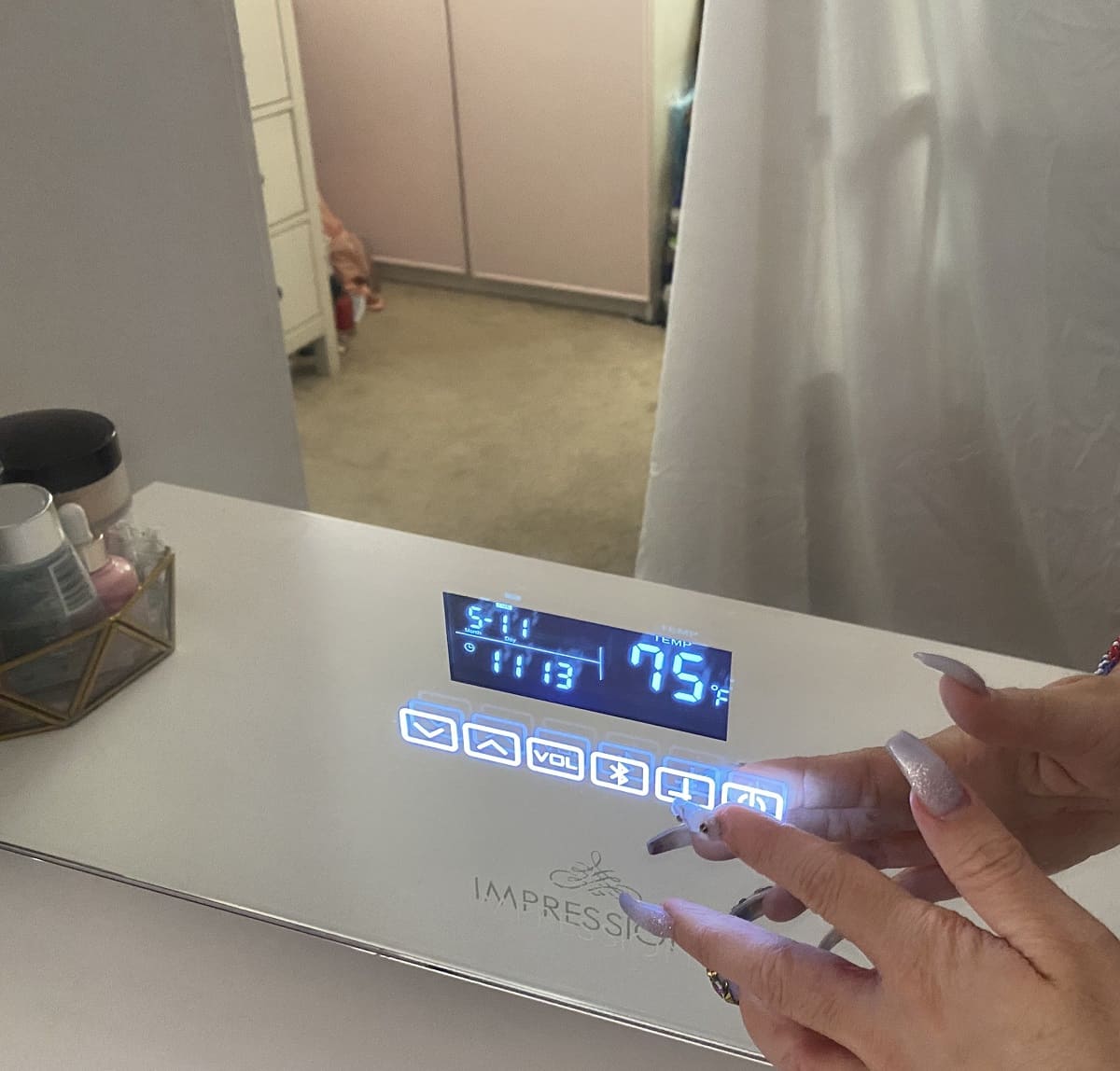

0 thoughts on “How To Size A Vanity Mirror”